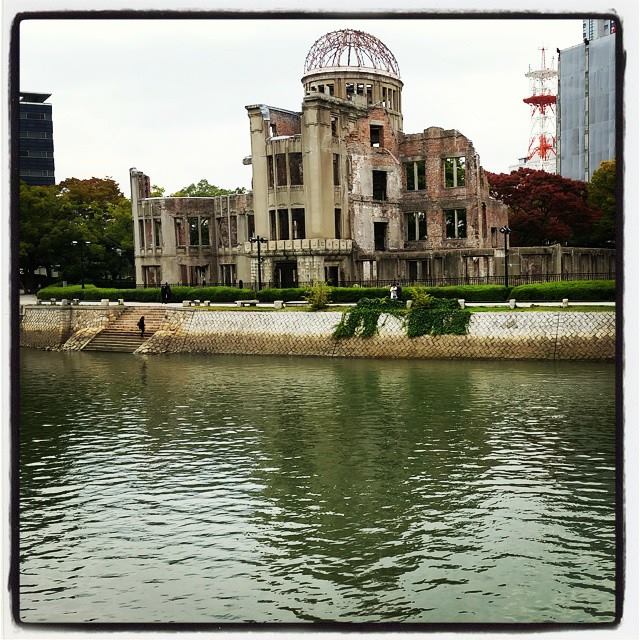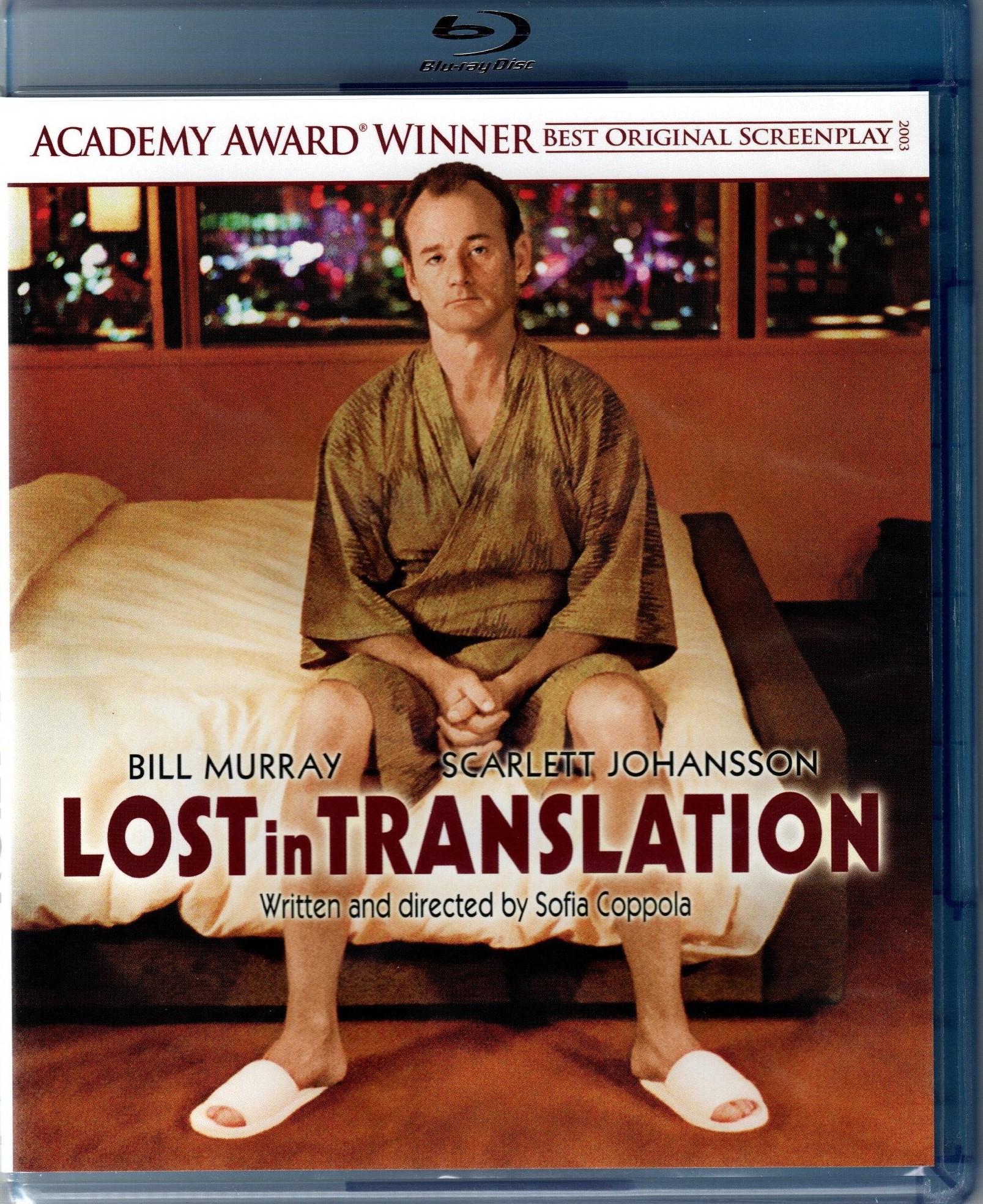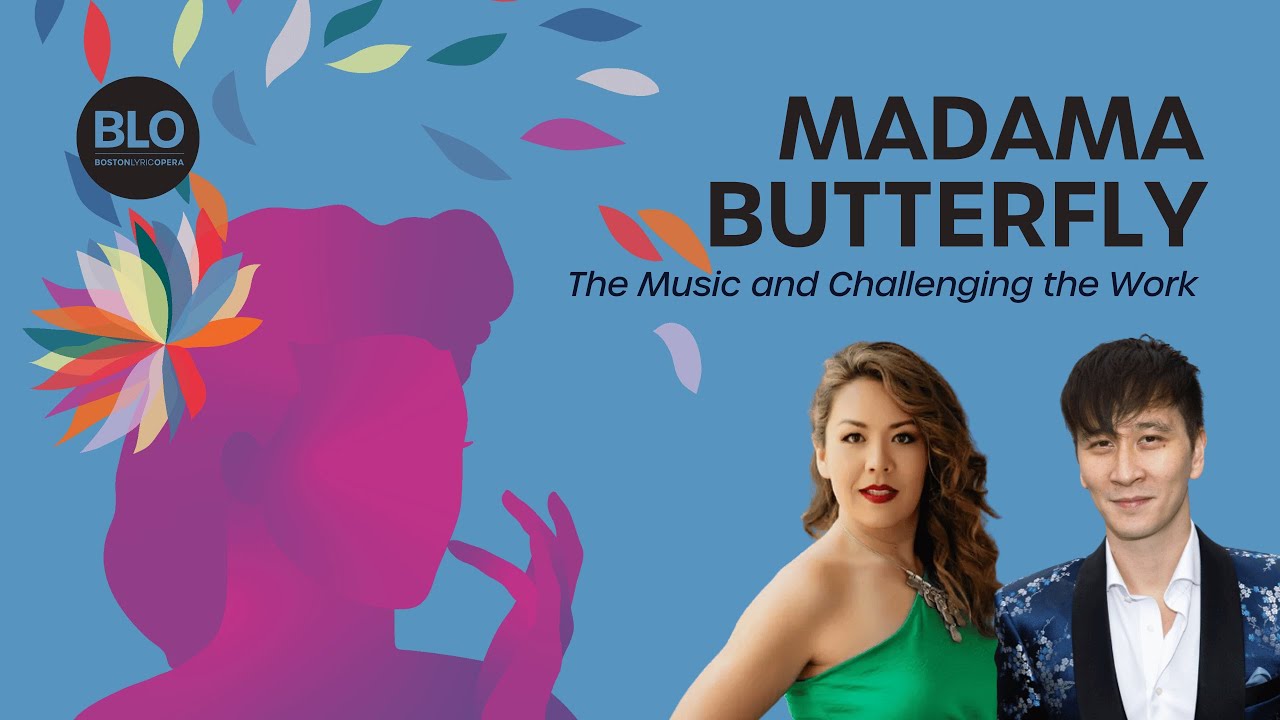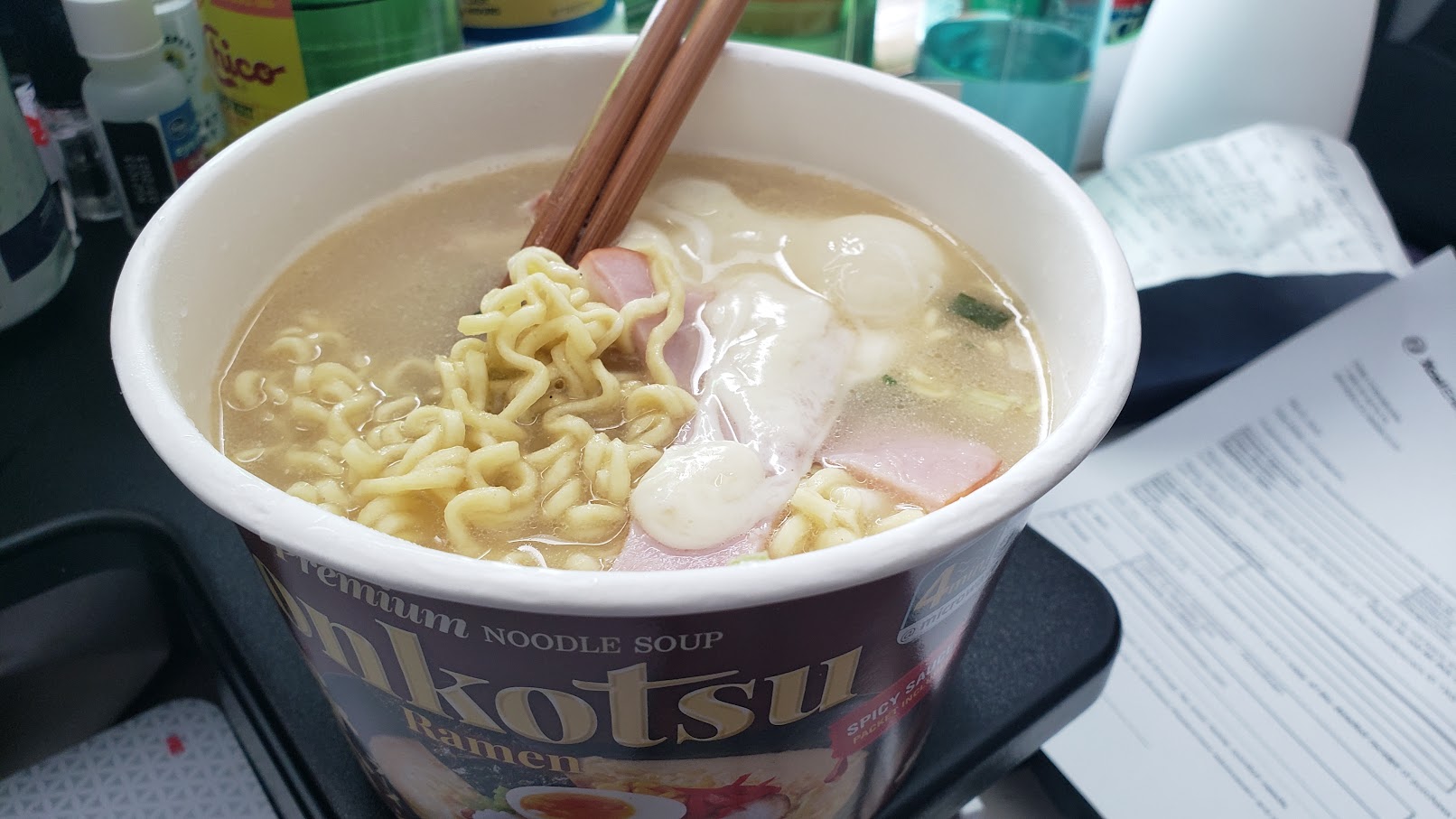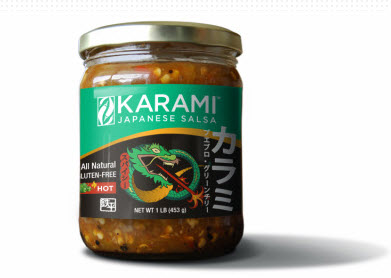March 18, 2013
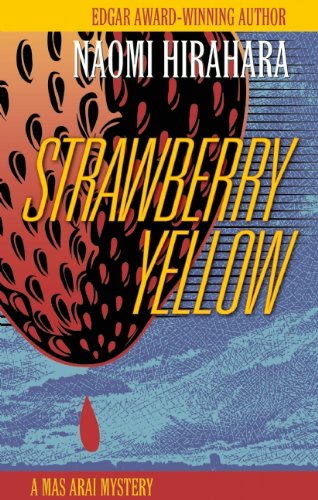
I've always been a fan of detective and crime mystery fiction, starting from my earliest days devouring the
Hardy Boys and
Three Investigators books when I was just a kid. I graduated to author
Agatha Christie (including her female sleuth Miss Marple),
Ellery Queen and of course, Sir Arthur Conan Doyle's
Sherlock Holmes. Then in college I fell in love with the hard-boiled noir novelists, such as
Dashiell Hammett and
Raymond Chandler.
Among this pantheon of excellent writers and their incredible fictional sleuths, these days I look forward to each new book by
Naomi Hirahara in her
Mas Arai series.
Arai is a little like Miss Marple -- an unlikely crime-solver in the guise of a senior citizen. But he's unlike everyone else I've read, because he's a 70-something Nisei, or second generation Japanese American who was born in California but spent his childhood in Japan. He survived the bombing of Hiroshima and returned Stateside, where the plot of "
Strawberry Yellow" takes root. It starts with the funeral of Mas' second cousin Shug in Watsonville, California, where Mas worked on a strawberry farm upon his return from Japan after WWII. Shug grew up to become a renowned strawberry expert, cultivating new strains.
Mas grew up a little rough around the edges, but became a gardener in Los Angeles, married and had a daughter who's now grown and he lives alone since the death of his wife. He's a crusty old man who avoids conflict and also people, and hates controversy but seems to always find himself in the middle of a murder, or theft, or some other crime. And in spite of his quirky and thorny personality, he solves the problems.
You won't find a sleuth like Mas Arai in the annals of crime fiction.
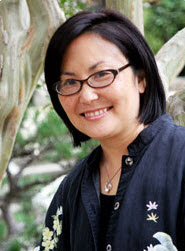
Along the way, Hirahara, who is herself the daughter of a gardener who was raised in Hiroshima, does a stellar job of accurately and lovingly reflecting her Japanese American (JA) community, including cultural traditions, venerated Japanese values, tangled family ties and the language. That includes not only lots of Japanese terms (she has a handy
glossary online of some Japanese terms used in the Mas Arai books), but also capturing the heavily accented English of older JAs.
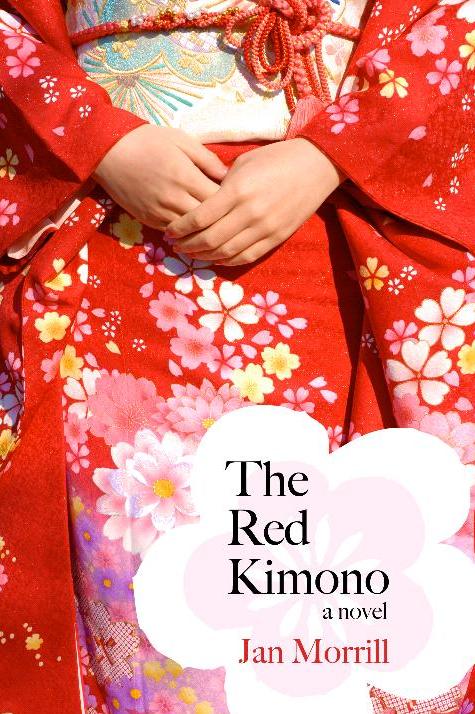 For a long time, there were painfully few novels that were about the experience of Japanese Americans who were put into concentration camps during World War II. “Farewell to Manzanar,” by Jeanne Wakatsuki Houston and James D. Houston, which was published in 1973, stood alone, unless you counted the powerful post-war story of John Okada’s 1957 classic, “No-No Boy.”
In recent years, there have been more fictional works set during internment, most notably David Guterson’s “Snow Falling on Cedars” but also Julie Otsuka’s “When the Emperor Was Divine,” Rahna Reiko Rizzuto’s “Why She Left Us,” K.P. Kollenborn’s “Eyes Behind Belligerence” and even a children’s book, “Baseball Saved Us” by Ken Mochizuki and and Dom Lee.
And now, there’s “The Red Kimono,” a terrific novel by Jan Morrill and published by the University of Arkansas Press.
Morrill, who is hapa (her mother was interned during the war) and who lives in Arkansas, writes, as they say, about what she knows. “The Red Kimono” is chockfull of finely observed details that draw the reader into the world of a Japanese American family in Berkeley, California at the start of World War II. Through thorough historical research and her own knowledge and family experiences, Morrill captures what life was like during that era, and also accurately captures the values that informed Japanese Americans as their lives were so tragically disrupted.
The story is told through the experiences of three young people who were shaped by the events that followed the bombing of Pearl Harbor: Nine-year-old Sachiko Kimura and her 17-year-old brother Nobu, and Nobu’s friend Terrence Harris, a young African American schoolmate.
The power of “The Red Kimono” is in its interweaving of racial issues that run deeper than the unjust imprisonment of 120,000 people of Japanese descent. Morrill sets the internment narrative on its edge by exploring the complex relationships of white/black/Asian/southern values clashing amidst the chaotic social backdrop of the war.
For a long time, there were painfully few novels that were about the experience of Japanese Americans who were put into concentration camps during World War II. “Farewell to Manzanar,” by Jeanne Wakatsuki Houston and James D. Houston, which was published in 1973, stood alone, unless you counted the powerful post-war story of John Okada’s 1957 classic, “No-No Boy.”
In recent years, there have been more fictional works set during internment, most notably David Guterson’s “Snow Falling on Cedars” but also Julie Otsuka’s “When the Emperor Was Divine,” Rahna Reiko Rizzuto’s “Why She Left Us,” K.P. Kollenborn’s “Eyes Behind Belligerence” and even a children’s book, “Baseball Saved Us” by Ken Mochizuki and and Dom Lee.
And now, there’s “The Red Kimono,” a terrific novel by Jan Morrill and published by the University of Arkansas Press.
Morrill, who is hapa (her mother was interned during the war) and who lives in Arkansas, writes, as they say, about what she knows. “The Red Kimono” is chockfull of finely observed details that draw the reader into the world of a Japanese American family in Berkeley, California at the start of World War II. Through thorough historical research and her own knowledge and family experiences, Morrill captures what life was like during that era, and also accurately captures the values that informed Japanese Americans as their lives were so tragically disrupted.
The story is told through the experiences of three young people who were shaped by the events that followed the bombing of Pearl Harbor: Nine-year-old Sachiko Kimura and her 17-year-old brother Nobu, and Nobu’s friend Terrence Harris, a young African American schoolmate.
The power of “The Red Kimono” is in its interweaving of racial issues that run deeper than the unjust imprisonment of 120,000 people of Japanese descent. Morrill sets the internment narrative on its edge by exploring the complex relationships of white/black/Asian/southern values clashing amidst the chaotic social backdrop of the war.





